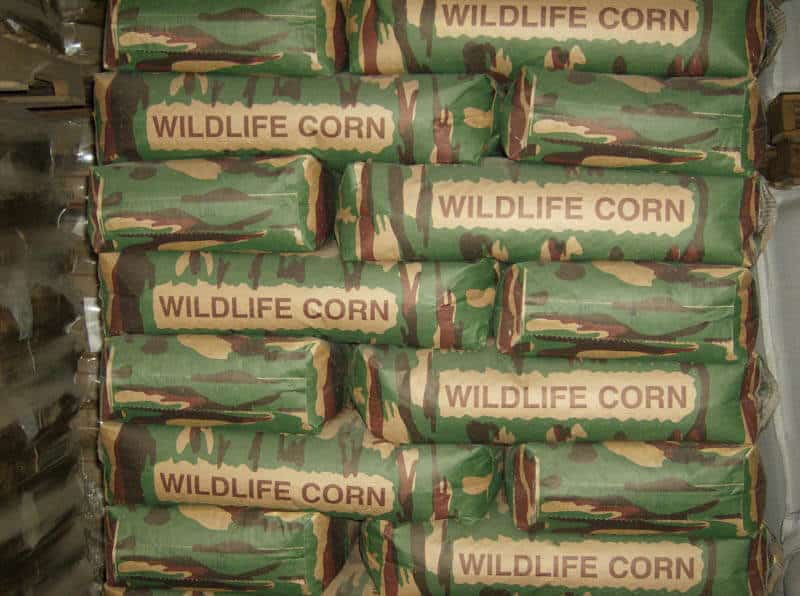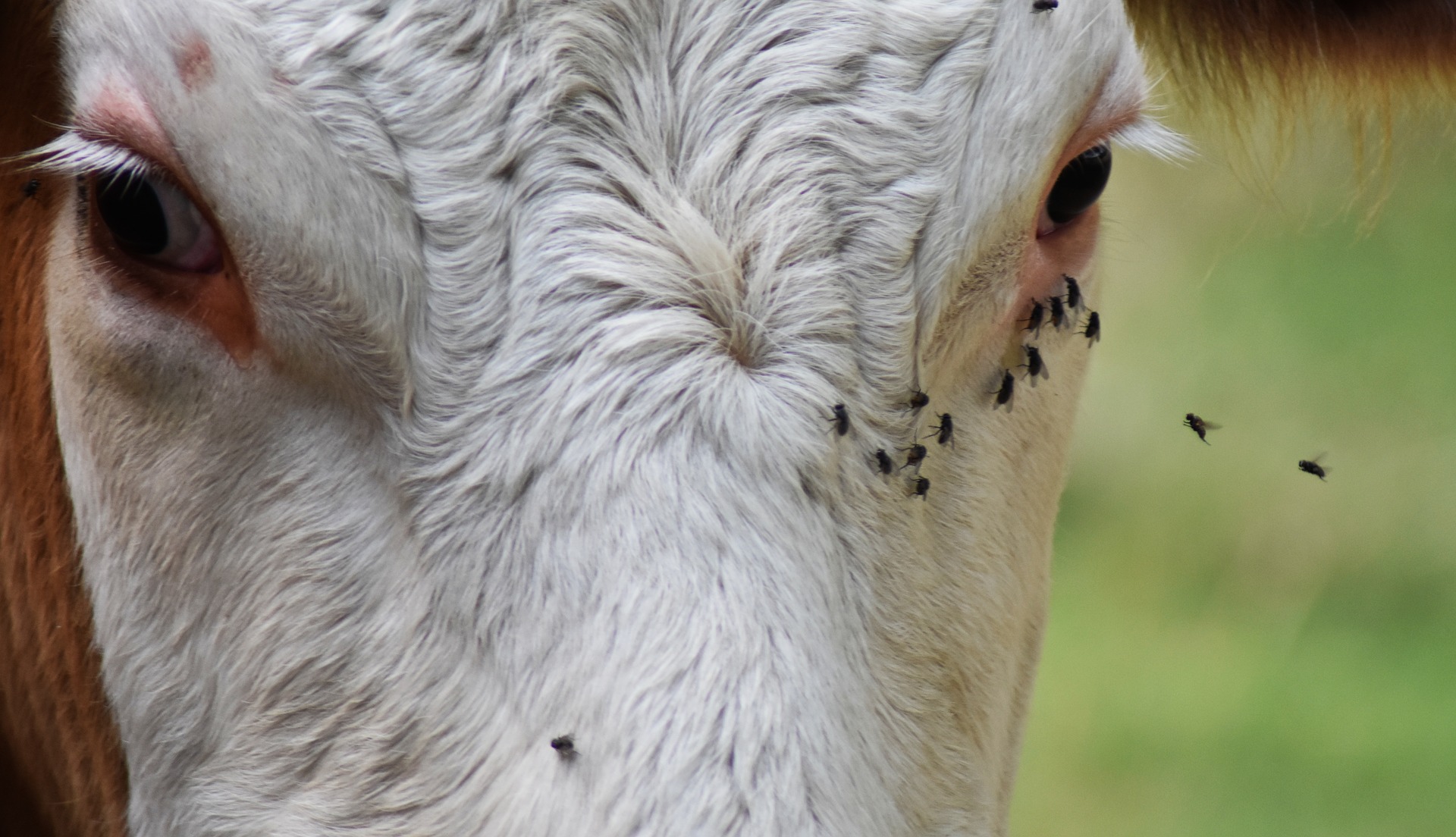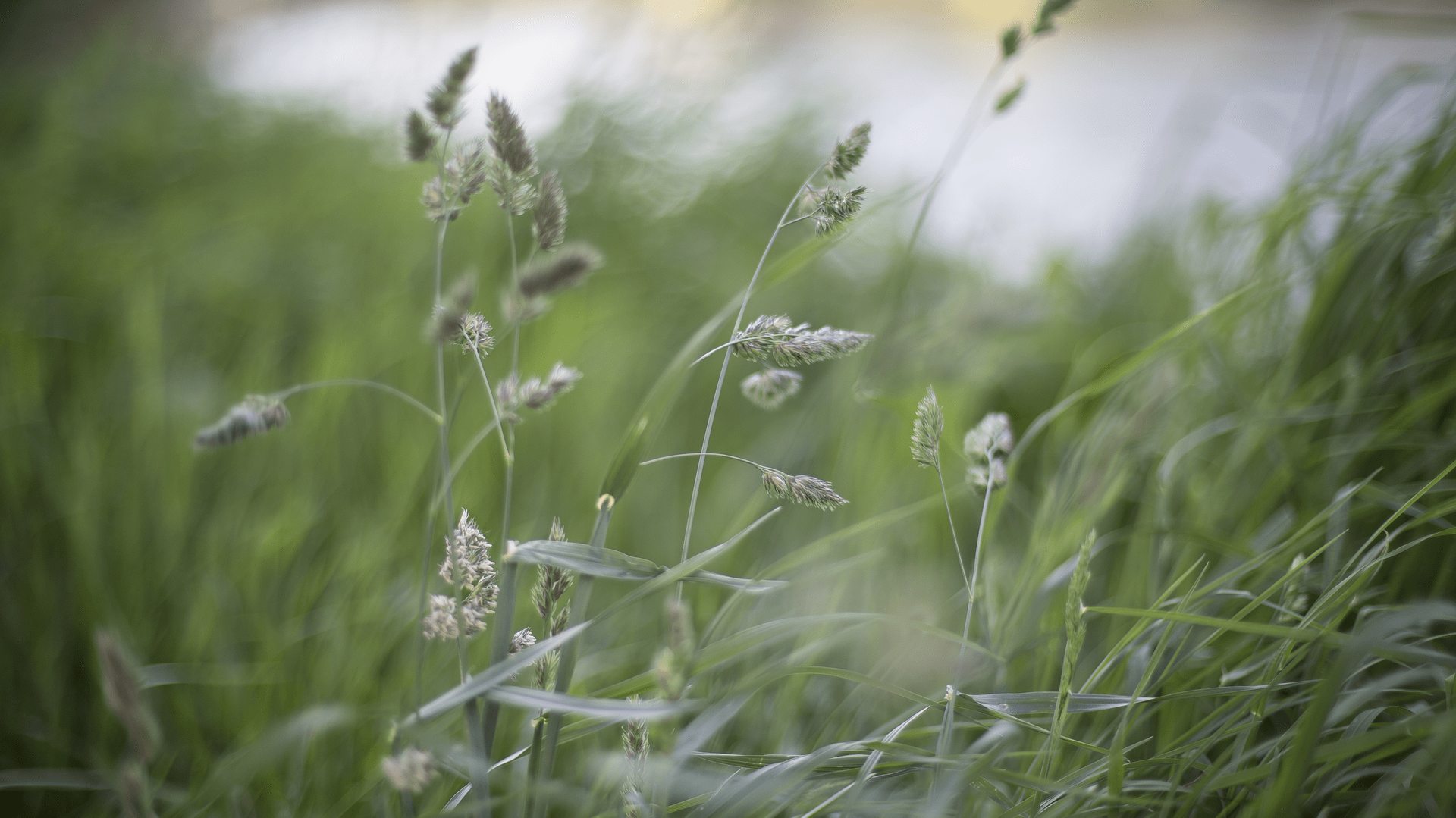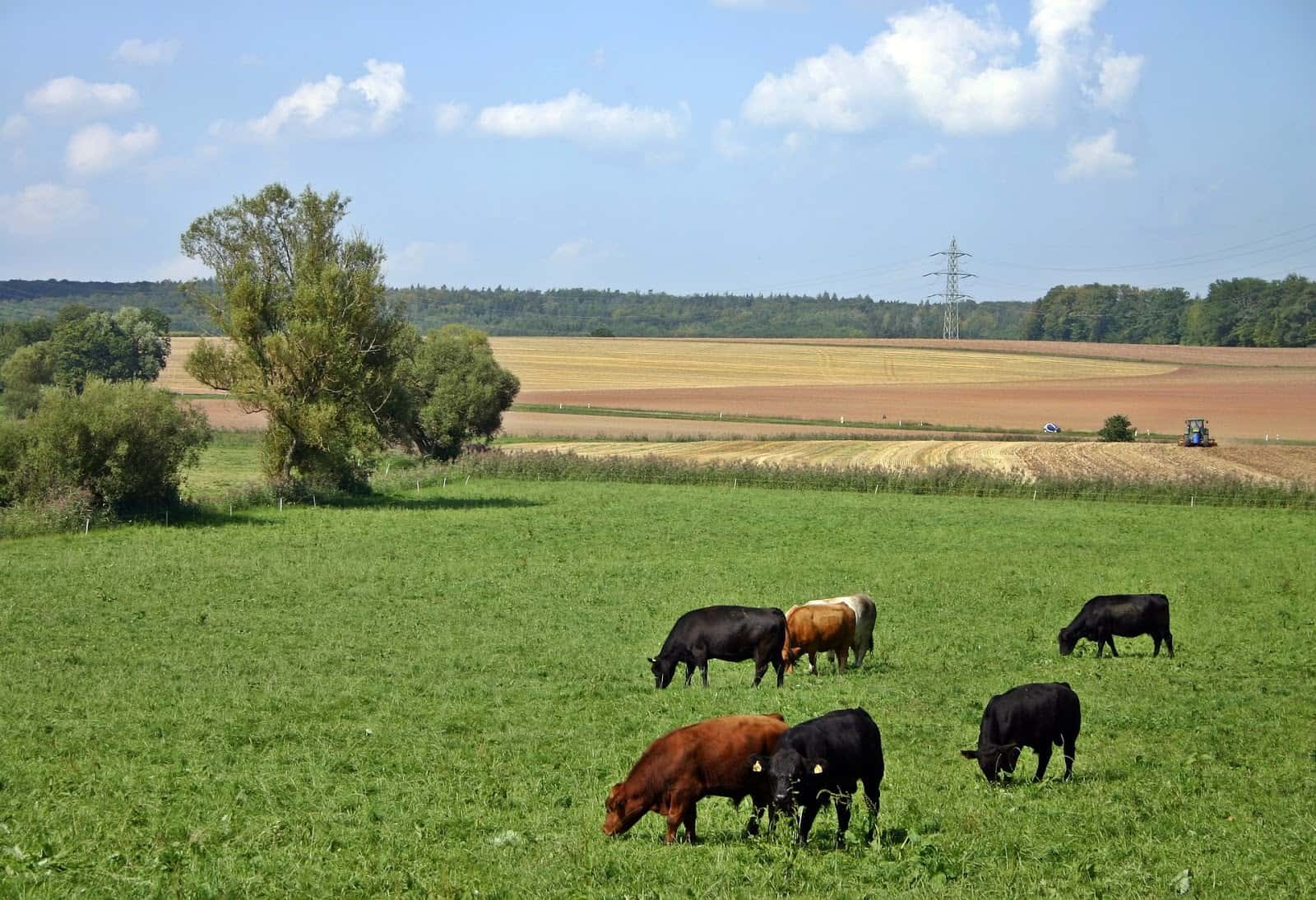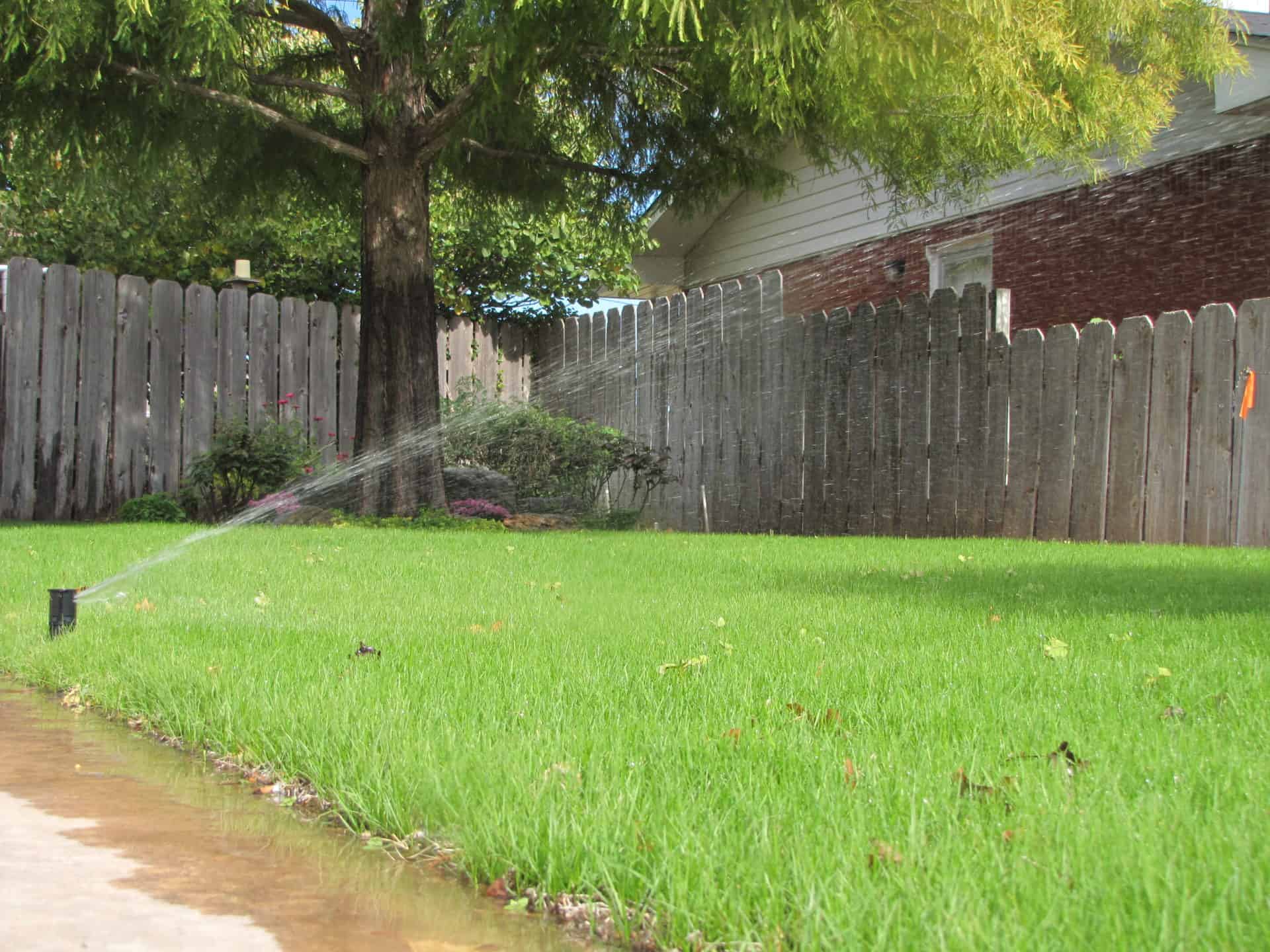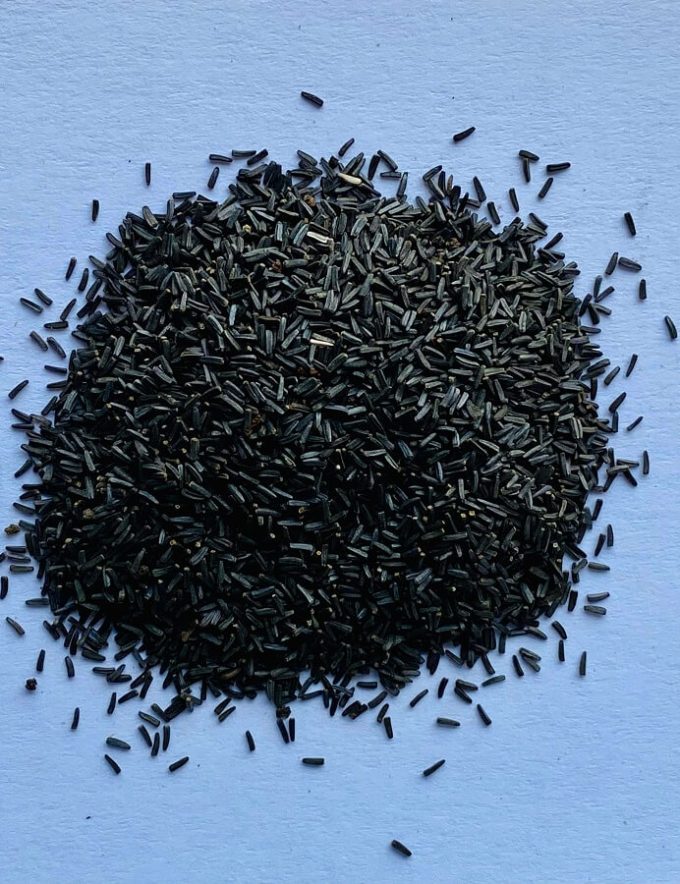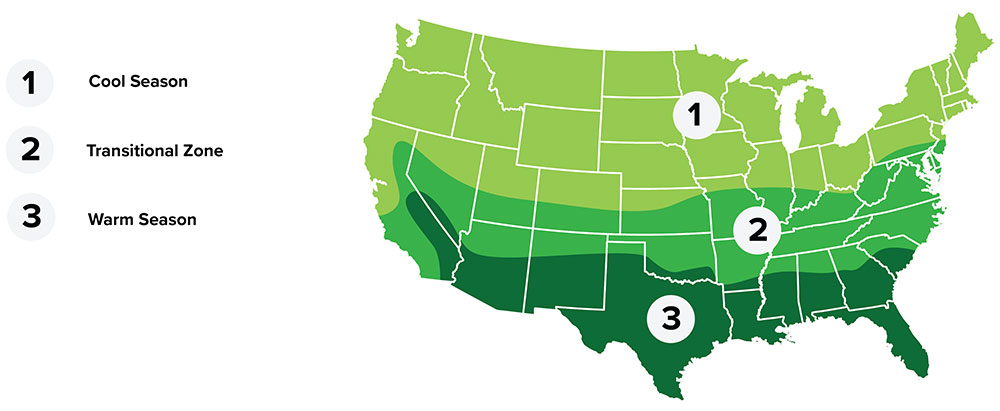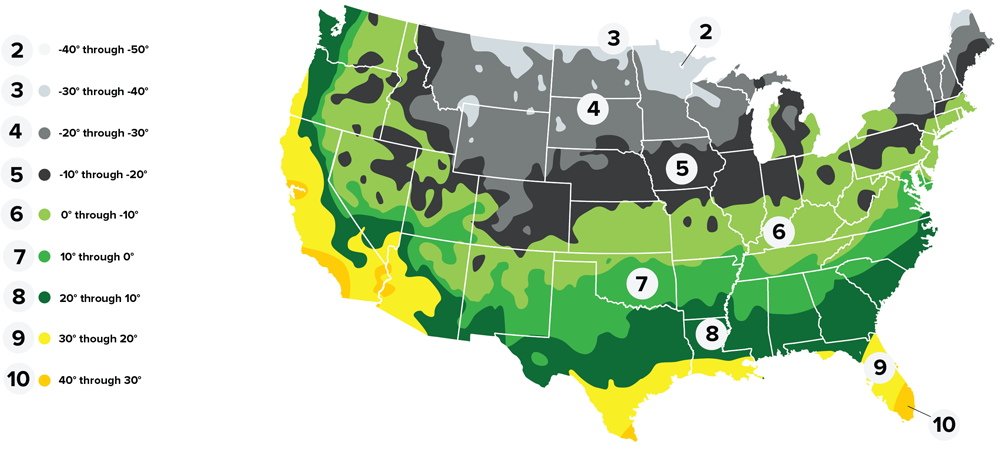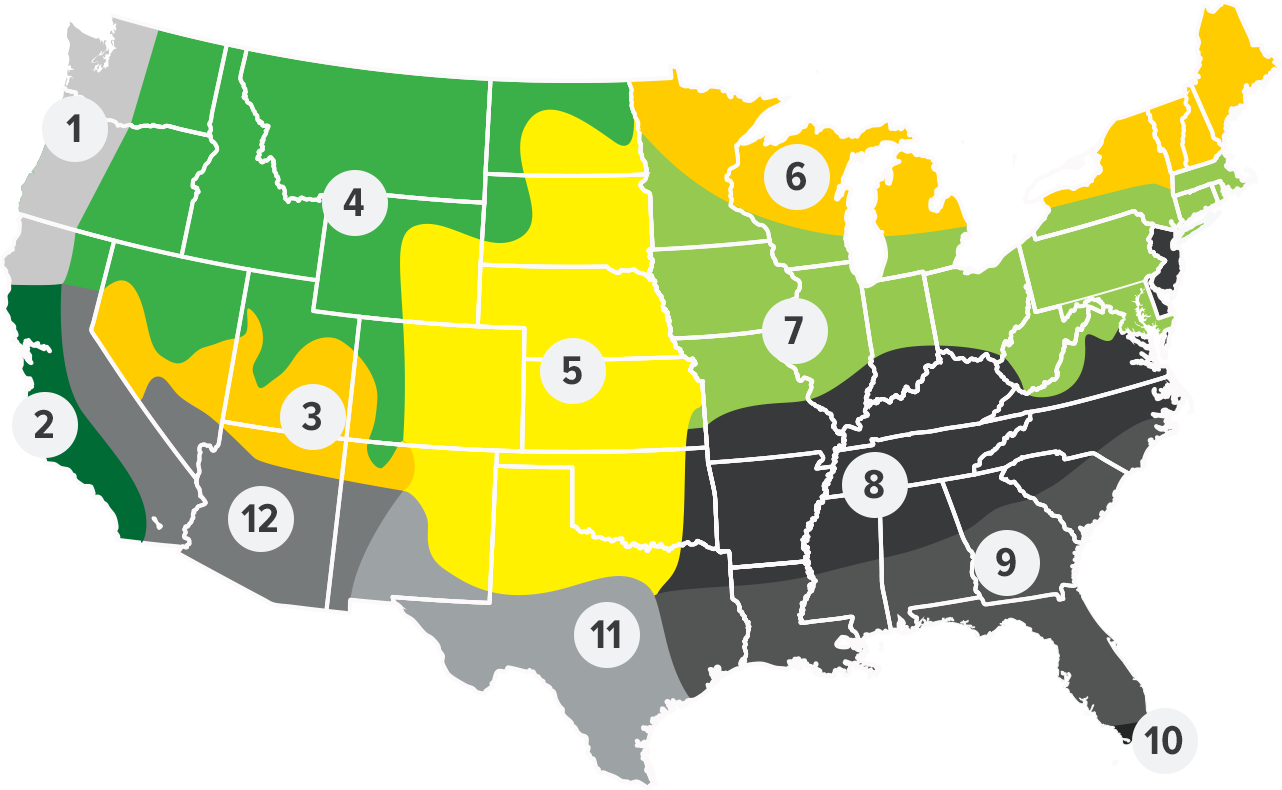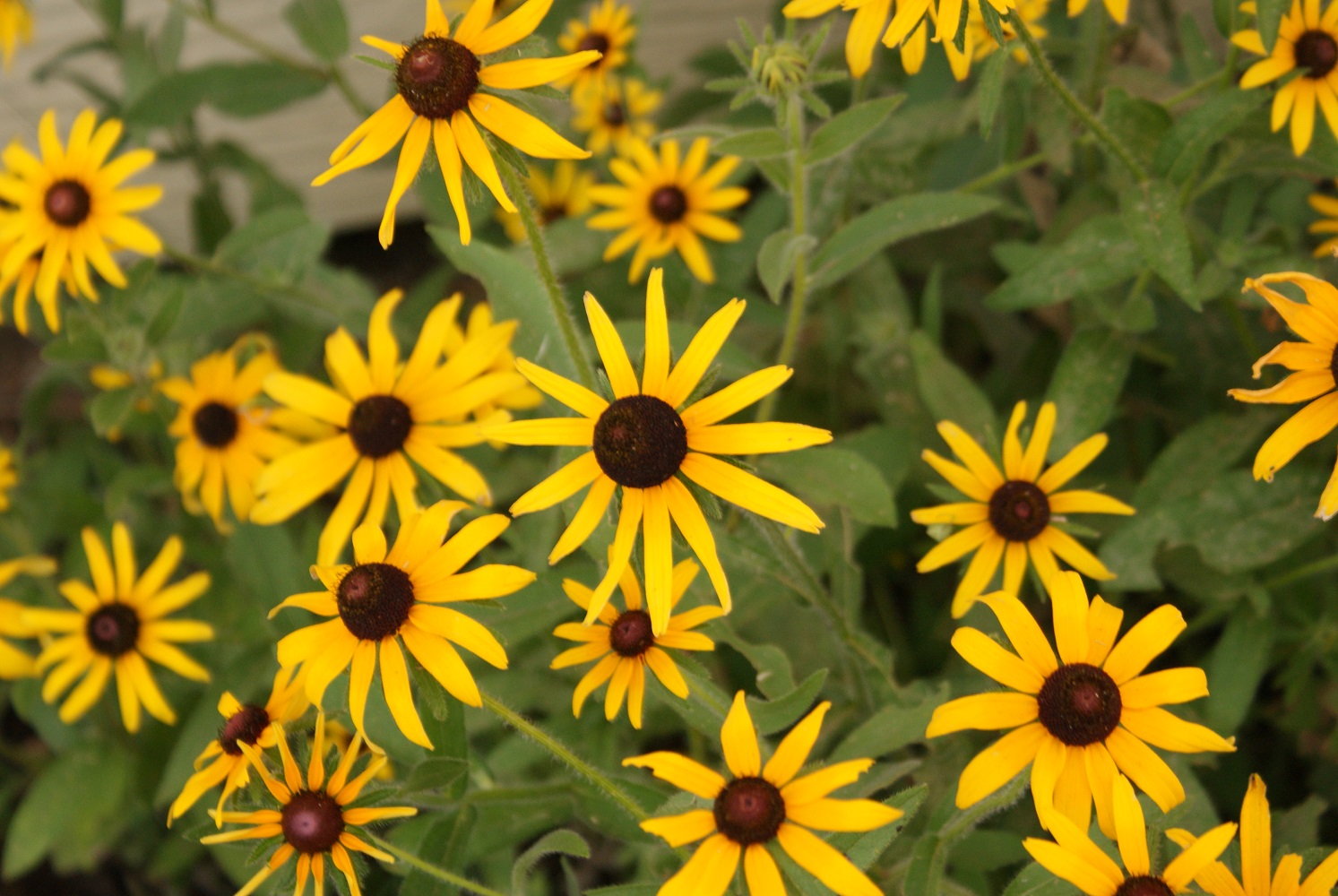
BLACK EYED SUSAN SEED
Summary
The Black-eyed Susan, a quintessential symbol of North American wildflowers, is a versatile herbaceous plant that thrives across the United States. Known for its striking yellow petals surrounding dark brown spherical disks, it is easily recognizable and widely distributed in various habitats.
As an annual or short-lived perennial species, the Black-eyed Susan demonstrates remarkable resilience and adaptability. Its ability to withstand drought conditions and harsh winters, coupled with resistance to pests and diseases, makes it a popular choice for both natural and cultivated landscapes.
Once established, Black-eyed Susans have a propensity to self-seed, allowing stands to perpetuate themselves over time. This natural reproduction process ensures a consistent presence of these vibrant flowers in suitable habitats, contributing to the biodiversity of ecosystems.
While Black-eyed Susans thrive best in sandy, well-drained soils, they exhibit remarkable tolerance to a wide range of soil types and environmental conditions. From dry, arid regions to moist, fertile areas, these adaptable plants can be found flourishing across diverse landscapes.
Whether adorning meadows, roadsides, or gardens, the Black-eyed Susan adds a splash of color and charm to any setting. Its resilience, beauty, and ecological value make it a beloved feature of North American flora, cherished by gardeners, conservationists, and nature enthusiasts alike.
Be sure to check out our wide selection of native wildflowers!
Learn more about wildflowers in our “Growing with Us” podcast!
Plant Characteristics
Taxonomy
Zone
- Regional Growing Zone
- 1 - Northwest Coastal, 5 - Midwest, 6 - Northeast Lakes, 9 - Southeast, 10 - South Florida, 11 - South Texas, 12 - Southwest
- USDA Plant Hardiness Zones
- 3, 4, 5, 6, 7, 8, 9
- Temperature Zone
- Warm, Cool, Transitional
Plant Characteristics
- Height
- 18" - 36"
- Leaf Color
- Green
- Growing Cycle
- Biennial
- Sun Requirement
- Full Sun, Shade, Partial Sun
Plant Information
- Planting Season
- Fall - Spring
- Plant Depth
- 0.0625"
- Minimum Soil Temp for Germination
- 70° F
- Establishment
- Easy
Seed Information
- Seeds Per Pound
- 1,500,000
- Kingdom
- Plantae
- Subkingdom
- Tracheobionta
- Super Division
- Spermatophyta
- Division
- Magnoliophyta
- Class
- Magnoliopsida
- Subclass
- Asteridae
- Order
- Asterales
- Family
- Asteraceae
- Genus
- Rudbeckia
- Species
- Rudbeckia hirta L.








